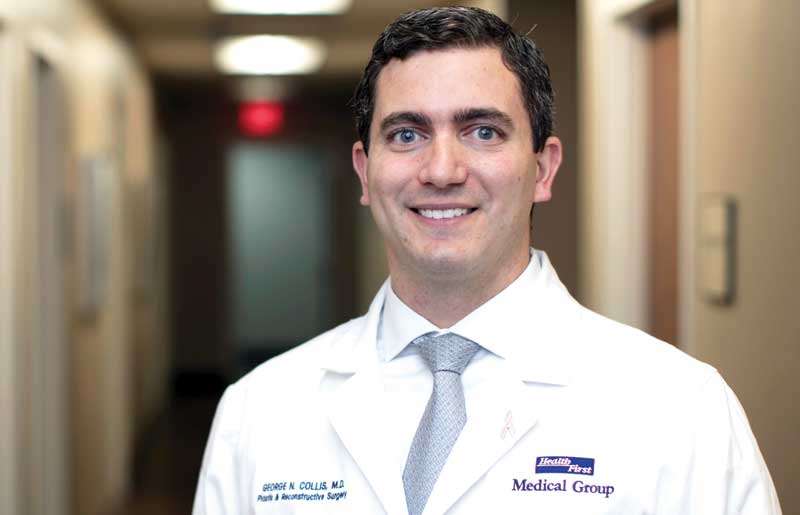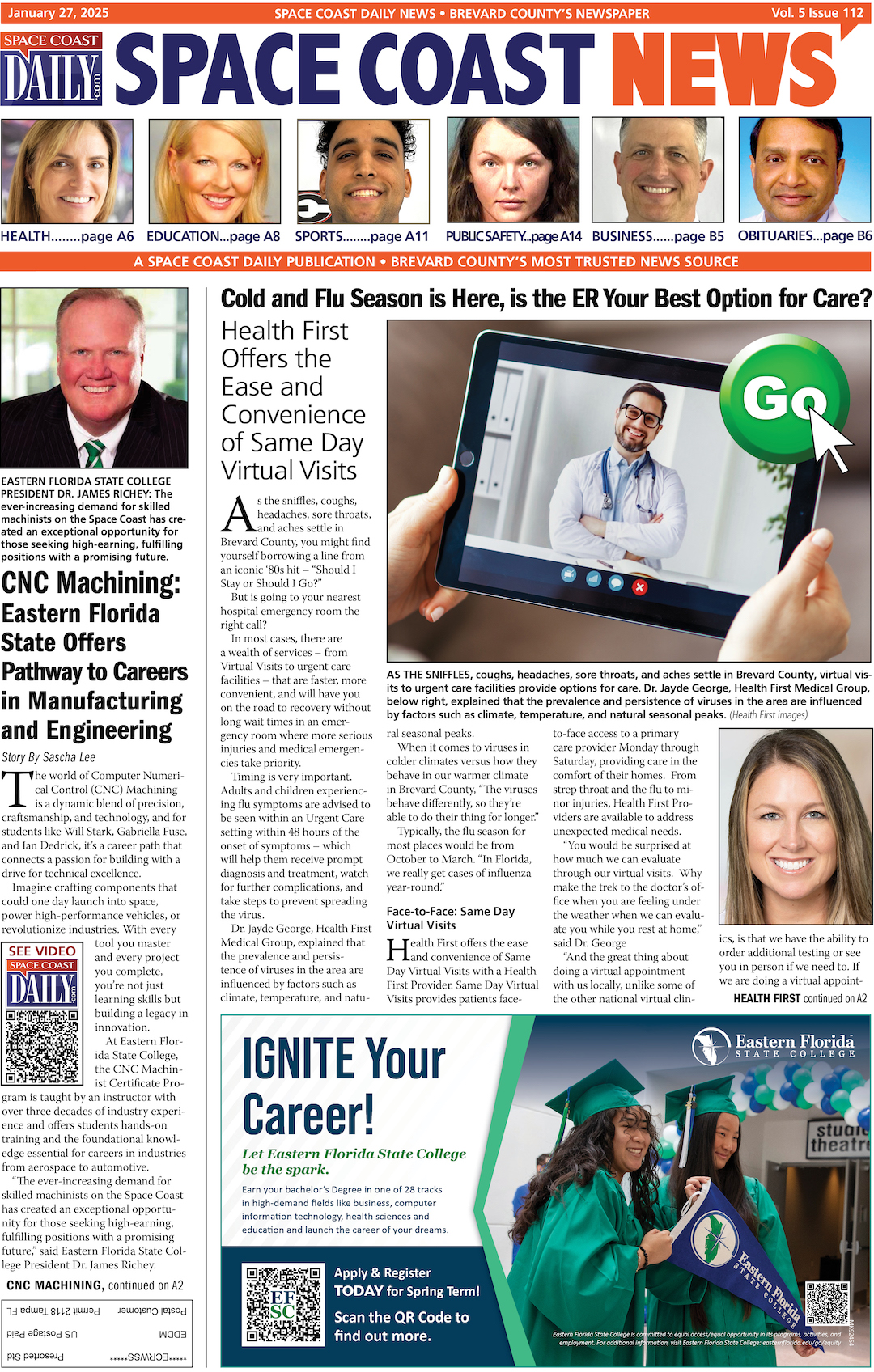Six Things to Know About Your First Mammogram Post-Breast Implants
By Space Coast Daily // October 25, 2022
Breast cancer second only to lung cancer for rates of mortality among women

Is a mammogram dangerous after getting breast implants? No. Is it necessary? YES. Your imaging is in good hands at Health First’s Breast Center.
BREVARD COUNTY, FLORIDA – It’s Breast Cancer Awareness Month, and Health First is spreading the word on early detection. We’ve got top-flight physicians and the very latest technology to beat breast cancer, but the most important move is still the first move – scheduling your screening.
Breast cancer is second only to lung cancer for rates of mortality among American women.
“The overall death rate of breast cancer has declined 40% between 1990 and today,” says Health First Breast Surgical Oncologist Sharon Noori, MD.
“Improvements in our treatment success are attributed to both our advances in imaging and mammography as well as treatment and systemic options.”
Women who are 40, or younger but have a family history of breast cancer, should get a mammogram every year, according to the American Cancer Society.
That you’ve undergone breast augmentation or reconstruction with an implant – or an autologous reconstruction utilizing one’s own tissue – is generally no reason at all to skip mammograms.
Here are five matters to consider if you have breast implants.
■ Is it safe?
Is it safe for you to get screened? Why, yes! It’s simply the very best thing you can do for yourself in the event breast cancer is discovered.
Is it safe for your implants? The answer is yes again. Radiologists and mammography technologists are skilled at accommodating patients with implants.
Your mammogram may involve taking more images as your techs work to obtain what are called implant displacement views, or views of the living breast tissue beneath and around the implant.
This is not painful and should not be uncomfortable.

■ I have zero history of breast cancer in my family. What are my chances?
About 1 in 8. That’s the rate of breast cancer among all American women, and the majority of new breast cancer diagnoses strikes women without a family history.
“The No. 1 factor for breast cancer is being a woman. No. 2 is age,” says Health First Breast Surgical Oncologist Mustafa Amani, MD. “Women with no family history who don’t get annual mammograms will get surprised.”
The reasons for most breast cancers Dr. Amani says is “multi-factorial,” and even then, the factors aren’t always clear.
“It could be an environmental cause. It could be a genetic mutation we haven’t identified yet … but less than 10% of cases are explained by familial genetics.”
■ But if I’ve had a mastectomy …
A mastectomy is the total removal of a breast’s tissue, and it’s true that following a mastectomy, there is no tissue to image, but skipping a mammogram altogether would only be advised in the event of a double mastectomy.
■ Wait, do breast implants lead to breast cancer?
No, there’s no evidence that breast cancer is caused by breast implants. The FDA has reported a link between certain implants and a slight elevated risk for a non-Hodgkin lymphoma called Anaplastic Large Cell Lymphoma, but these cases are very rare.
“We’ve seen that association with textured implants, not smooth, and it’s primarily an association,” says Health First’s Plastic and Reconstructive Surgeon George Collis, MD. “We don’t know the causative role, and the risk is extremely low.”

■ Whoa. Maybe implants aren’t such a good idea …
“Implant-based reconstruction remains the most common way to reconstruct the breast following mastectomy,” says Dr. Collis, “but there are also the options of going flat, autologous reconstruction (using one’s own tissue) and fat grafting.”
The FDA recently strengthened its breast implant risk communication so that patients make a more informed decision, he pointed out.
“Implants are a very good option for some women to achieve their goals, but it’s important to have all your questions answered with your plastic surgeon prior to surgery so you can make the best choice for you.”
Federal law protects the right for women to have breast reconstruction following mastectomy by mandating insurance companies cover breast reconstruction if they cover mastectomy.
“If you have a breast cancer diagnosis, reconstruction is paid for,” says Dr. Amani. “That includes bilateral reconstruction.”
In other words, a diagnosis resulting in a lump- or mastectomy in one breast will qualify a candidate for reconstruction in both breasts for symmetry.
Can a Breast MRI Substitute for a Mammo?
Dr. Noori says that a breast MRI, often named as an alternative to mammography, is not a substitute but may be used as an adjuvant tool for a more comprehensive breast evaluation.
“Some early signs of breast disease, such as calcification, are best seen on a mammogram.”
Mammography, she says, is simply “the gold standard for breast screening. We all feel very strongly about this.”
To schedule an appointment for a screening at the Breast Center, or to find another specialty or provider by name, visit HF.org/schedule. Visit HF.org/news to find out what’s happening at Health First.













